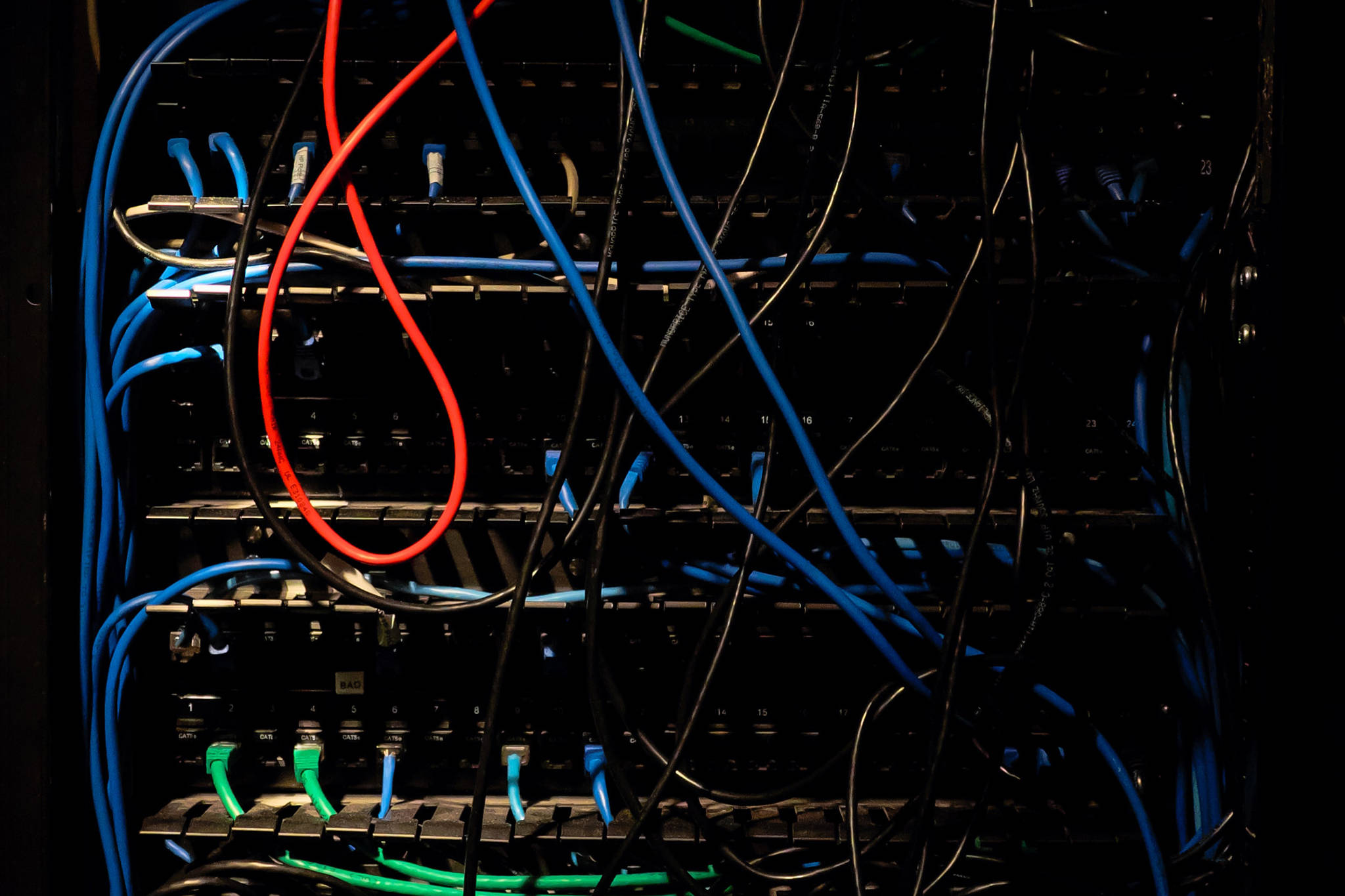When Juneau and other communities in Southeast Alaska suffered a widespread phone and internet outage in late April, the problem was rapidly identified: a break in an undersea communications cable.
Knowing the problem and fixing it, however, are two drastically different beasts.
“First, we get an alarm that the cable is down. The alarm doesn’t mean it’s broken, it just means there’s a problem. Then, we troubleshoot. The damage is typically the electronics, power or a cut,” said Alaska Communications director of external affairs and corporate communications Heather Cavanaugh in an email. “Once you rule out the electronics, you have to assess the power. After you assess the power and know that’s not the issue, you know that it’s likely a cut. Once we know there’s a fiber cut, we deploy the repair ship and start the process working with the teams.”
[Marines and sailors take part in largest joint exercise of 2021]
In the case of the late-April break, the issue was with the AKORN cable: the Alaska-Oregon Network, an undersea cable from Whittier to the Lower 48, with a branch line going to Lena Point, Cavanaugh said. The break was between the branch in the main trunk and Lena, Cavanaugh said. The armored cable weighs about 2,500 pounds per kilometer of cable, Cavanaugh said.
“Fiber breaks are infrequent, but they obviously do happen. Another carrier had a cable break last summer. Our last cable break was in 2014 that also impacted Southeast,” Cavanaugh said. “The two biggest risks are fishing vessels and undersea landslides. We constantly monitor fishing vessels and they know where our cables are. They also have a number they can call if they think they’ve become caught on our cable.”
Once an incident occurs, Cavanaugh said, ACS has a specialist group to diagnose and sort the damage. The group works with a contracted cable-laying vessel with the repair gear and remotely operated vehicles for fixing the break prestaged aboard.
“We have an internal team of about 10 people working with a contracted repair ship. The repair ship has about a 40-man crew,” Cavanaugh said. ”We have engineers who use power readings on the cable to find the break range. Then, we work to find, in more detail, what section of the fiber is damaged and where to send the ship. We have a team that works to power-down the cable and, eventually, restore power. They’re in constant communication with the ship and, together, they locate and repair the fiber.”
ROVs are unmanned, tethered underwater vehicles that are operated from the surface, used to do work in the crushing, abyssal depths so inimical to almost all manned vehicles or divers. According to the National Atmospheric and Oceanic Administration, the pressure at 1,000 feet is roughly 33 atmospheres; most divers are incapacitated below 250 feet.
ROVs are used in the wider world for locating and investigating shipwrecks, studying the seafloor, or minesweeping.
“It takes a tremendous effort to locate the cable break,” Cavanaugh said. “Each repair is different.”
• Contact reporter Michael S. Lockett at 757-621-1197 or mlockett@juneauempire.com.

